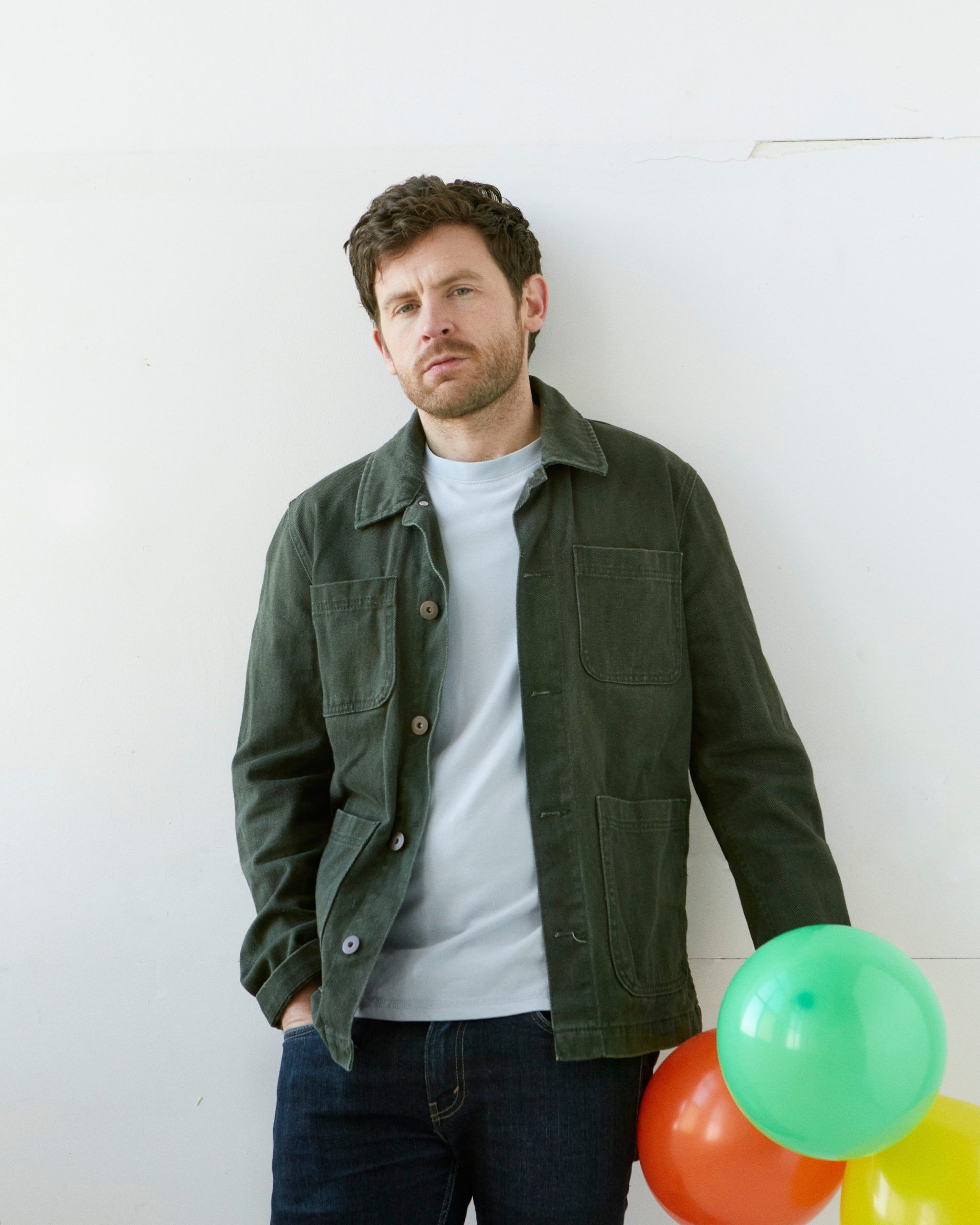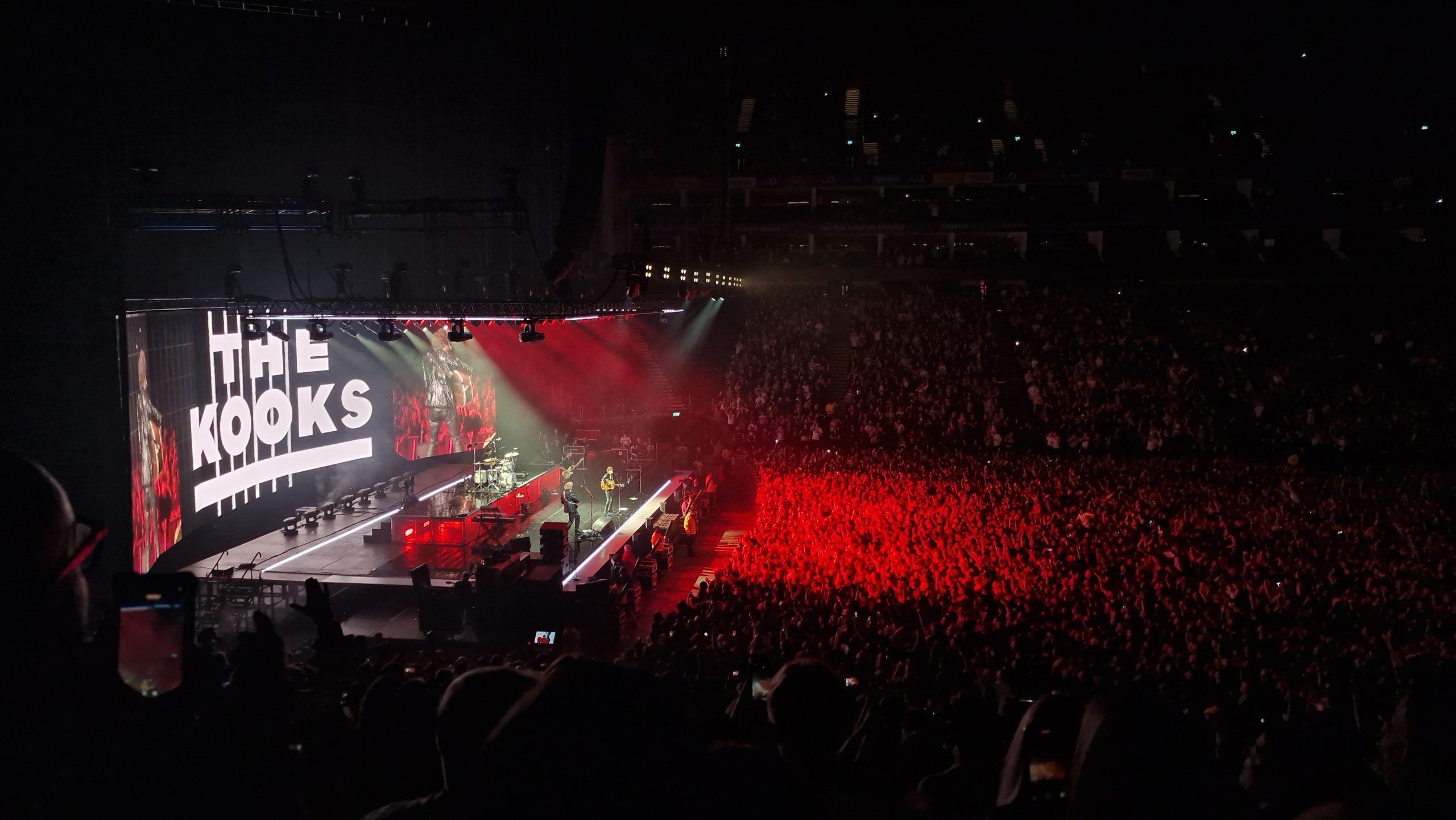Golden hour illumination filtering through side street architecture, weathered brick walls adjacent to green room entrances, compelling portrait opportunities emerge between soundcheck preparation and call time announcements, demanding immediate response rather than controlled studio environments. Success requires maintaining consistent color temperature and exposure harmony while transitioning rapidly between diverse natural lighting conditions within compressed timeframes.
For efficient mobile post-production excellence, CapCut pro apk provides white-balance eyedropper precision, comprehensive tone-curve controls, and localized luminance masking that harmonize skin tones and fabric textures across dramatically mixed lighting scenarios. Strategic film-grain application unifies disparate clips while preserving natural skin texture and avoiding artificial plastic appearance that undermines authentic portrait quality. During location scouting phases, maintain accessible inspiration libraries using YouTube Vanced with AMOLED-optimized dark theme display, convenient mini-queue reference organization, and intuitive gesture scrubbing that enables one-handed navigation to specific poses or lighting configurations between rapid setup transitions.
This comprehensive guide establishes systematic approaches to natural-light portrait creation that achieves professional editorial quality through mobile-first workflows designed for real-world shooting constraints and immediate delivery requirements.
Understanding Natural Light Portrait Opportunities
Venue Environment Assessment
Music venues, corporate event spaces, and outdoor locations offer unique natural lighting conditions that create distinctive portrait atmospheres unavailable in traditional studio settings, requiring adaptability and rapid technical adjustment capabilities.
Identify architectural elements, reflective surfaces, and natural light modifiers within venue environments that enhance rather than complicate portrait lighting while working within time constraints imposed by event schedules and subject availability.
Time Management in Event Contexts
Portrait opportunities often emerge during brief windows between scheduled activities, requiring efficient setup procedures, rapid subject direction, and immediate technical problem-solving that maintains professional quality standards despite compressed timeframes.
Develop workflows that maximize creative output during limited availability periods while respecting subject schedules, venue requirements, and event logistics that influence shooting conditions and duration possibilities.
Pre-Shoot Preparation and Equipment Strategy
Location Scouting Techniques
Survey potential portrait locations during different times and lighting conditions to understand how natural light changes throughout event periods, identifying optimal shooting windows and backup options for varying weather conditions.
Map venue layouts, identify power source locations, and assess crowd flow patterns that might affect portrait shooting logistics while maintaining respect for venue operations and attendee experiences.
Mobile Setup Optimization
Streamline equipment preparation through organized mobile accessories, battery management systems, and rapid deployment techniques that enable professional portrait creation without extensive setup requirements that consume precious shooting time.
Practice equipment transitions, lighting assessment procedures, and subject positioning workflows until they become automatic responses that free mental energy for creative direction and interpersonal connection essential for compelling portrait creation.
Natural Light Mastery Techniques
Reading and Working with Available Light
Develop skills for rapidly assessing light quality, direction, and consistency across different locations while identifying natural reflectors, diffusers, and background elements that enhance portrait lighting without additional equipment requirements.
Learn to recognize optimal lighting conditions for different skin tones, clothing colors, and mood objectives while adapting quickly to changing natural light conditions common in outdoor and mixed-light venue environments.
Environmental Light Modification
Utilize architectural features, natural reflectors, and strategic subject positioning to modify existing light quality rather than fighting against environmental conditions that might initially seem challenging for portrait photography.
Master techniques for working with backlighting, mixed color temperatures, and dramatic shadow patterns that create compelling portrait aesthetics when approached skillfully rather than avoided as technical obstacles.
Mobile Portrait Techniques
Composition and Framing Excellence
Develop intuitive compositional skills that create professional portrait layouts within mobile camera constraints while accommodating vertical format requirements popular across social media platforms and contemporary portrait presentation preferences.
Practice rapid framing adjustments that optimize subject positioning, background integration, and visual balance despite changing lighting conditions and compressed shooting schedules that limit compositional experimentation time.
Subject Direction and Interaction
Master efficient communication techniques that establish rapport quickly while providing clear, confident direction that helps subjects feel comfortable and authentic despite unfamiliar shooting environments and limited interaction time.
Develop skills for recognizing and capturing authentic expressions, natural gestures, and genuine personality moments that elevate portrait quality beyond technical execution alone.
Post-Production Workflows for Speed and Quality
Color Correction Strategies
Establish efficient color correction routines that address common natural light challenges including mixed color temperatures, exposure variations, and color cast issues while preserving authentic skin tones and natural environmental characteristics.
Create reusable correction templates and adjustment presets that accelerate post-production workflows while maintaining consistent visual quality across different shooting conditions and lighting scenarios.
Texture and Detail Enhancement
Apply enhancement techniques that improve image quality and visual impact without creating artificial appearances that undermine authentic portrait character essential for genuine subject representation.
Balance detail enhancement with natural appearance preservation, ensuring technical improvements serve artistic vision rather than overwhelming authentic subject characteristics that make portraits compelling and memorable.
Professional Presentation Standards
Editorial Quality Achievement
Understand visual standards expected in professional editorial contexts while adapting those standards to mobile-first creation workflows that maintain quality despite equipment and time limitations.
Develop critical evaluation skills that distinguish between technical perfection and compelling visual storytelling, prioritizing authentic character capture over flawless technical execution when time constraints require strategic choices.
Brand Consistency Development
Create recognizable portrait style characteristics through consistent editing approaches, compositional preferences, and presentation formats that establish professional identity while remaining adaptable to different subjects and shooting conditions.
Build portfolio coherence through strategic curation and presentation that demonstrates technical competency alongside creative vision that serves both subject representation and photographer professional development.
Client and Subject Relations
Professional Communication Standards
Maintain clear, respectful communication throughout portrait sessions while managing expectations about deliverable timelines, usage permissions, and final image quality within realistic mobile workflow capabilities.
Establish consent protocols, usage agreements, and delivery procedures that protect both subject interests and photographer professional requirements while maintaining positive working relationships for potential future collaborations.
Value Delivery Optimization
Provide portrait services that exceed expectations despite mobile equipment limitations through superior planning, skilled execution, and efficient delivery that demonstrates professionalism regardless of technical constraints.
Balance speed requirements with quality standards, ensuring rapid turnaround doesn’t compromise portrait quality or subject satisfaction essential for positive professional reputation development.
Industry Integration and Career Development
Portfolio Development Strategy
Curate portrait work that demonstrates range, technical competency, and artistic vision while building recognition within relevant professional circles and target audience communities.
Document successful techniques, challenging situation solutions, and creative innovations that enhance future portrait sessions while contributing to broader mobile photography knowledge sharing within professional communities.
Network Building Through Portrait Work
Leverage portrait opportunities to build professional relationships with subjects, venues, and industry professionals while maintaining ethical boundaries that preserve artistic integrity and professional reputation.
Participate constructively in photography communities while sharing knowledge, techniques, and opportunities that support collective professional development and industry advancement.
Continuous Skill Development
Technical Proficiency Enhancement
Practice mobile portrait techniques regularly across different conditions, subjects, and time constraints to build automatic responses that enable focus on creative direction rather than technical problem-solving during shooting sessions.
Study successful portrait work across different media and contexts to understand effective techniques while developing personal approaches that distinguish your work within competitive professional environments.
Creative Vision Development
Develop artistic perspective and visual voice that guides portrait creation decisions while remaining adaptable to subject characteristics, environmental conditions, and client requirements that influence creative choices.
Balance artistic expression with commercial viability, ensuring creative development serves both personal fulfillment and professional advancement within realistic career development frameworks.
This mobile-first approach to natural-light portrait creation transforms environmental challenges into creative opportunities that produce professional-quality results through systematic application of technical skills, artistic vision, and efficient workflows optimized for real-world shooting conditions and immediate delivery requirements.




